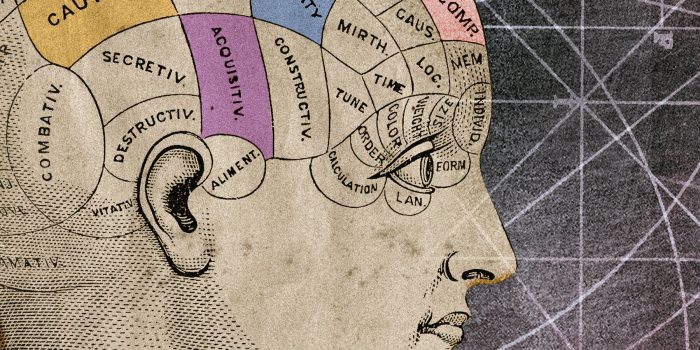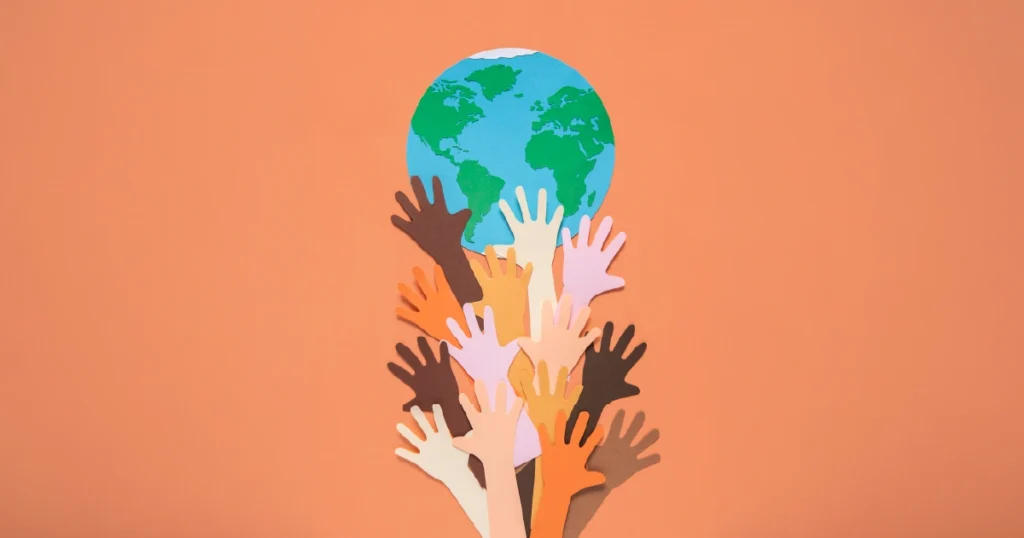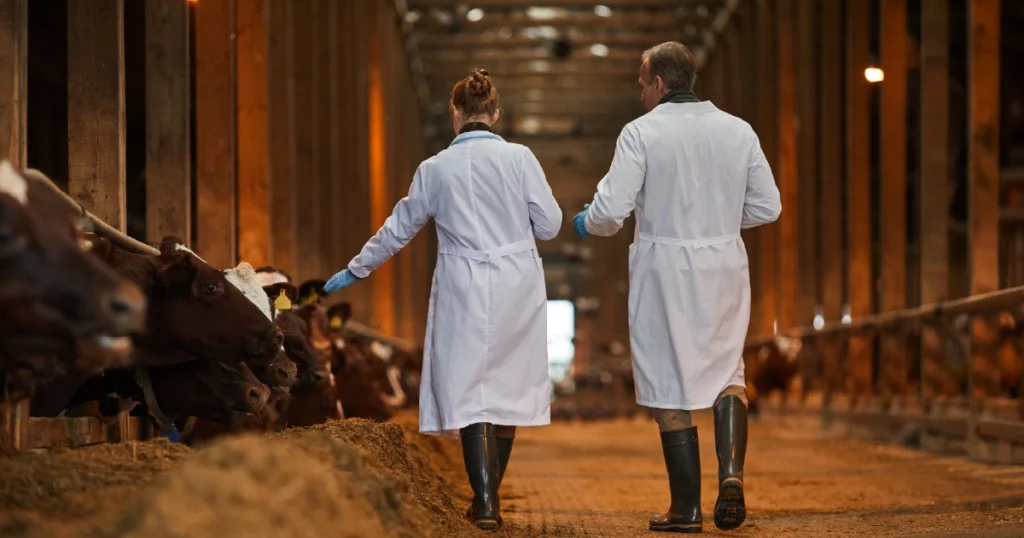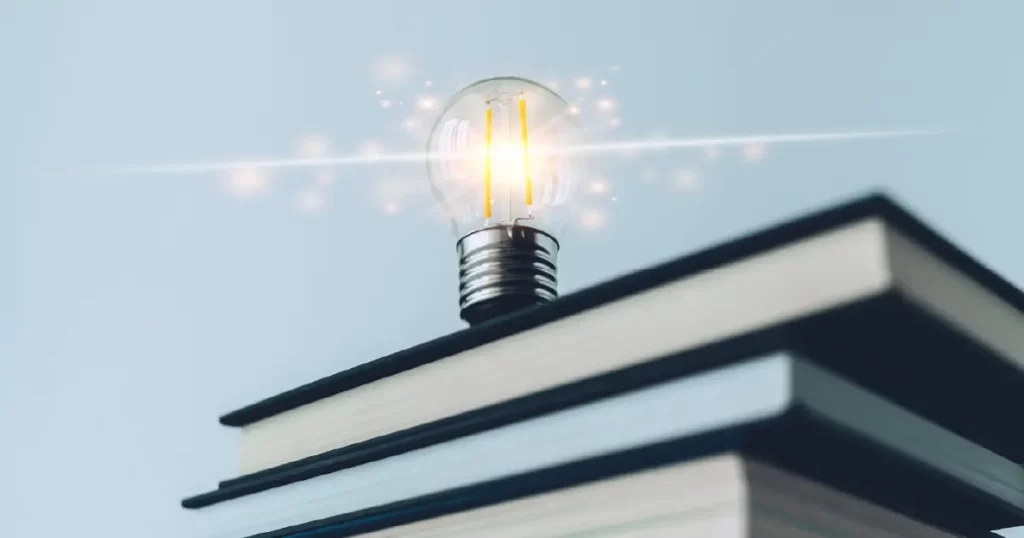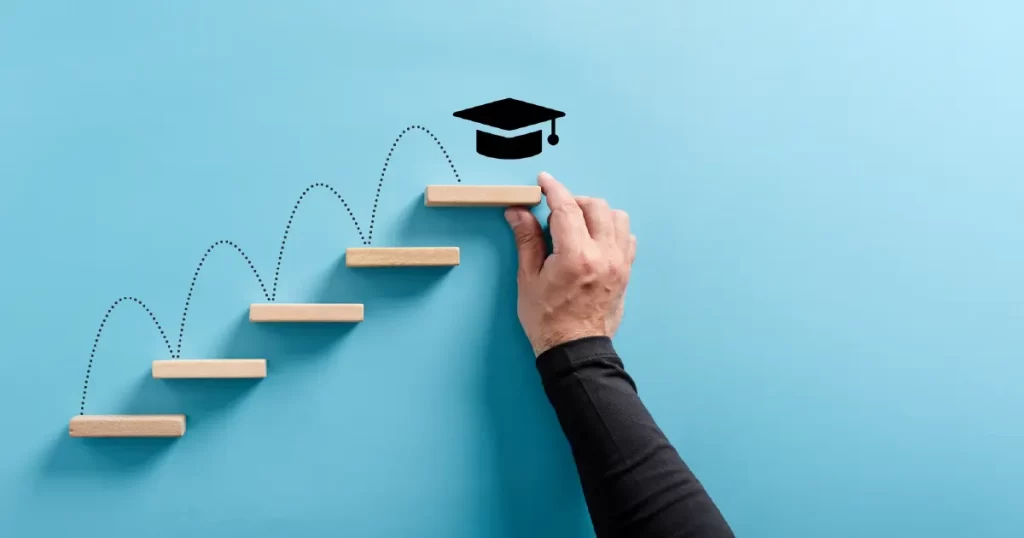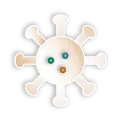What makes humans conscious? Scientists disagree, strongly, as one group of peacemakers discovered the hard way.
Consciousness may be a mystery, but that doesn’t mean that neuroscientists don’t have any explanations for it. Far from it.
“In the field of consciousness, there are already so many theories that we don’t need more theories,” said Oscar Ferrante, a neuroscientist at the University of Birmingham.
If you’re looking for a theory to explain how our brains give rise to subjective, inner experiences, you can check out Adaptive Resonance Theory. Or consider Dynamic Core Theory. Don’t forget First Order Representational Theory, not to mention semantic pointer competition theory. The list goes on: A 2021 survey identified 29 different theories of consciousness.
Dr. Ferrante belongs to a group of scientists who want to lower that number, perhaps even down to just one. But they face a steep challenge, thanks to how scientists often study consciousness: Devise a theory, run experiments to build evidence for it, and argue that it’s better than the others.
“We are not incentivized to kill our own ideas,” said Lucia Melloni, a neuroscientist at the Max Planck Institute for Empirical Aesthetics in Frankfurt, Germany.
Seven years ago, Dr. Melloni and 41 other scientists embarked on a major study on consciousness that she hoped would break this pattern. Their plan was to bring together two rival groups to design an experiment to see how well both theories did at predicting what happens in our brains during a conscious experience.

